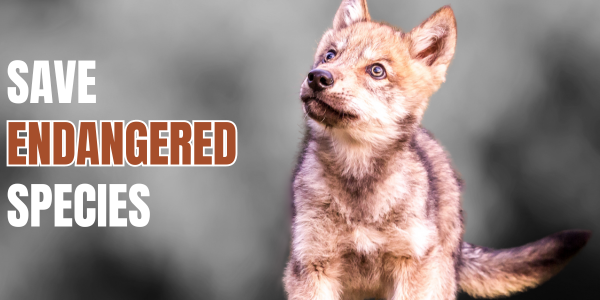The Sagebrush Sea – home to imperiled sage grouse
Safeguard the Sagebrush Sea
Between the Rocky Mountains and the Sierra Nevada exists a vast legacy of still wild lands: the Sagebrush Sea ecosystem. Large expanses of sagebrush define this ecosystem, distinguishing it from the grasslands of the Great Plains and the hot deserts of the Southwest. The Sagebrush Sea is also known for its most famous denizen, the sage grouse, a dancing bird that depends on sagebrush for survival.
One of the most imperiled ecosystems in North America, the Sagebrush Sea is threatened by oil and gas development and livestock grazing and accompanying increasingly destructive wildfire. Though most of the Sagebrush Sea is public land, it is not remotely adequately protected. And without protection, this unique landscape and the sage grouse that call it home could disappear in our lifetime.
We’ve already devoted more than a decade to conserving the Sagebrush Sea, beginning in 2003 when we sought to protect the sage grouse under the Endangered Species Act. By pushing for federal protections for the sage grouse, and especially protective buffers around their nests, we can protect the Sagebrush Sea as well. The Obama administration’s efforts to protect grouse fell short and the Trump administration is busily undermining even those weak safeguards.
Threats to the Sagebrush Sea

Oil and Gas Drilling
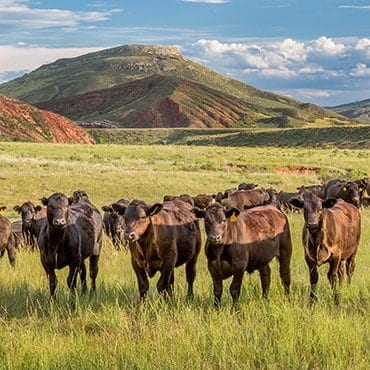
Livestock Grazing
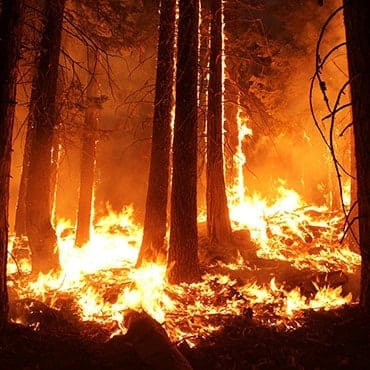
Wildfires
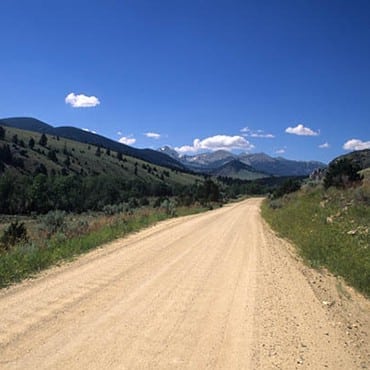
Roads
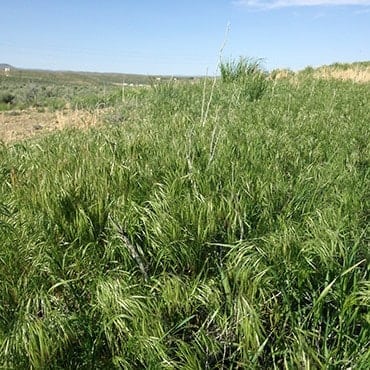
Invasive Weeds
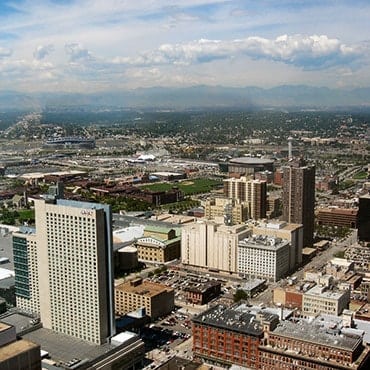
Habitat Destruction for Human Development
Watch a Sage Grouse on a Lek
In early spring, male sage grouse congregate on “leks”—ancestral strutting grounds—and engage in elaborate courtship rituals to attract a mate.
The Sage Grouse
There are a variety of grouse species and subspecies that inhabit the American West. Umbrella and indicator species for Western grasslands and deserts, sage grouse offer insight into the health of entire ecosystems.
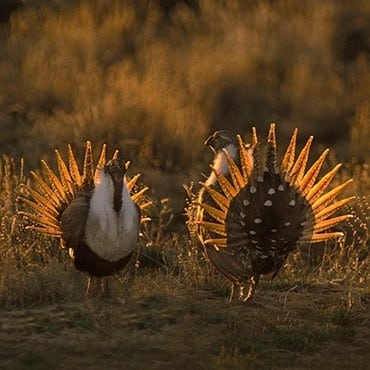
Greater sage grouse
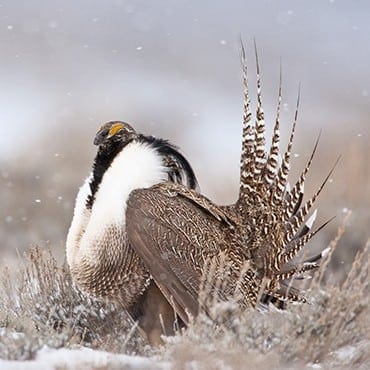
Gunnison sage grouse
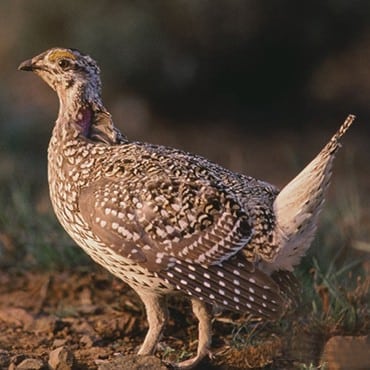
Columbian sharp-tailed grouse
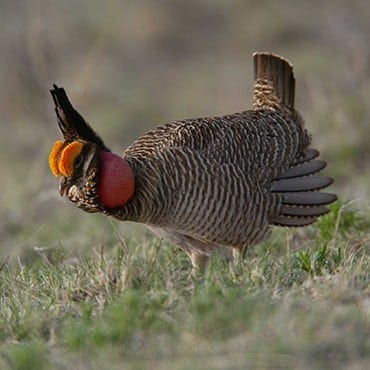
Lesser prairie chicken
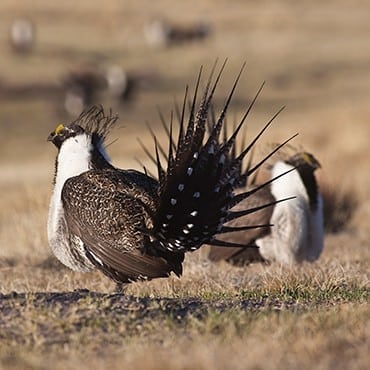
Mono Basin sage grouse
Guardians Voices: Sage Grouse Stories
Watch this series of three-minute films telling the stories of people who, in their roles or careers, are guardians of the critically imperiled greater sage grouse.
